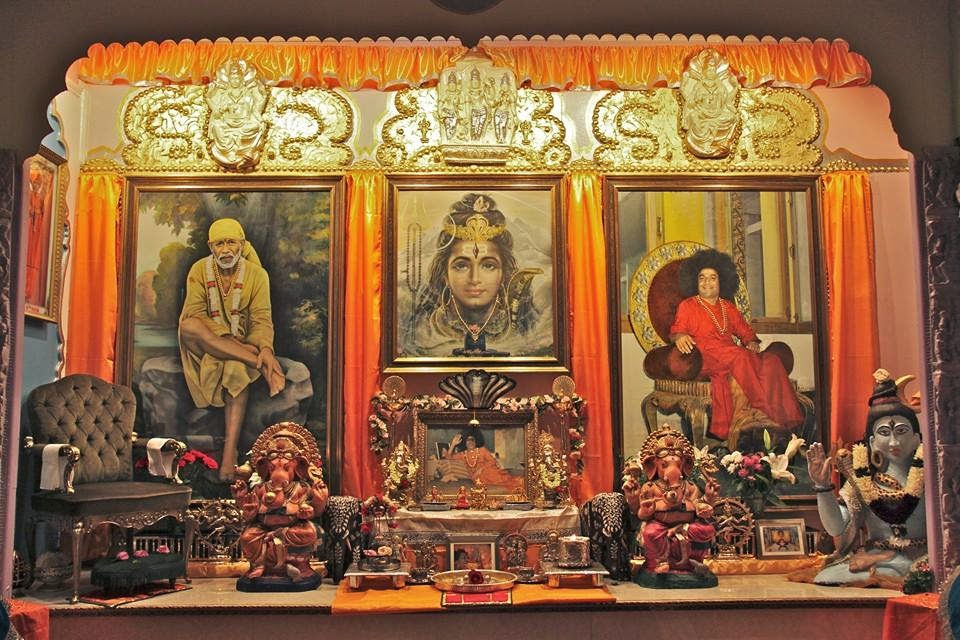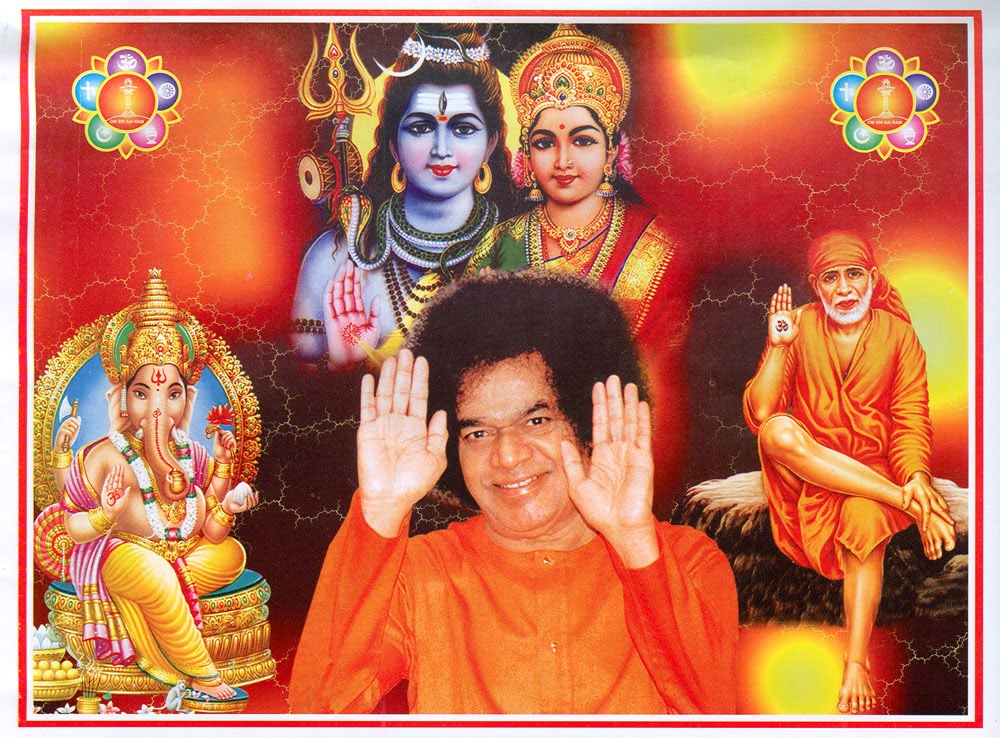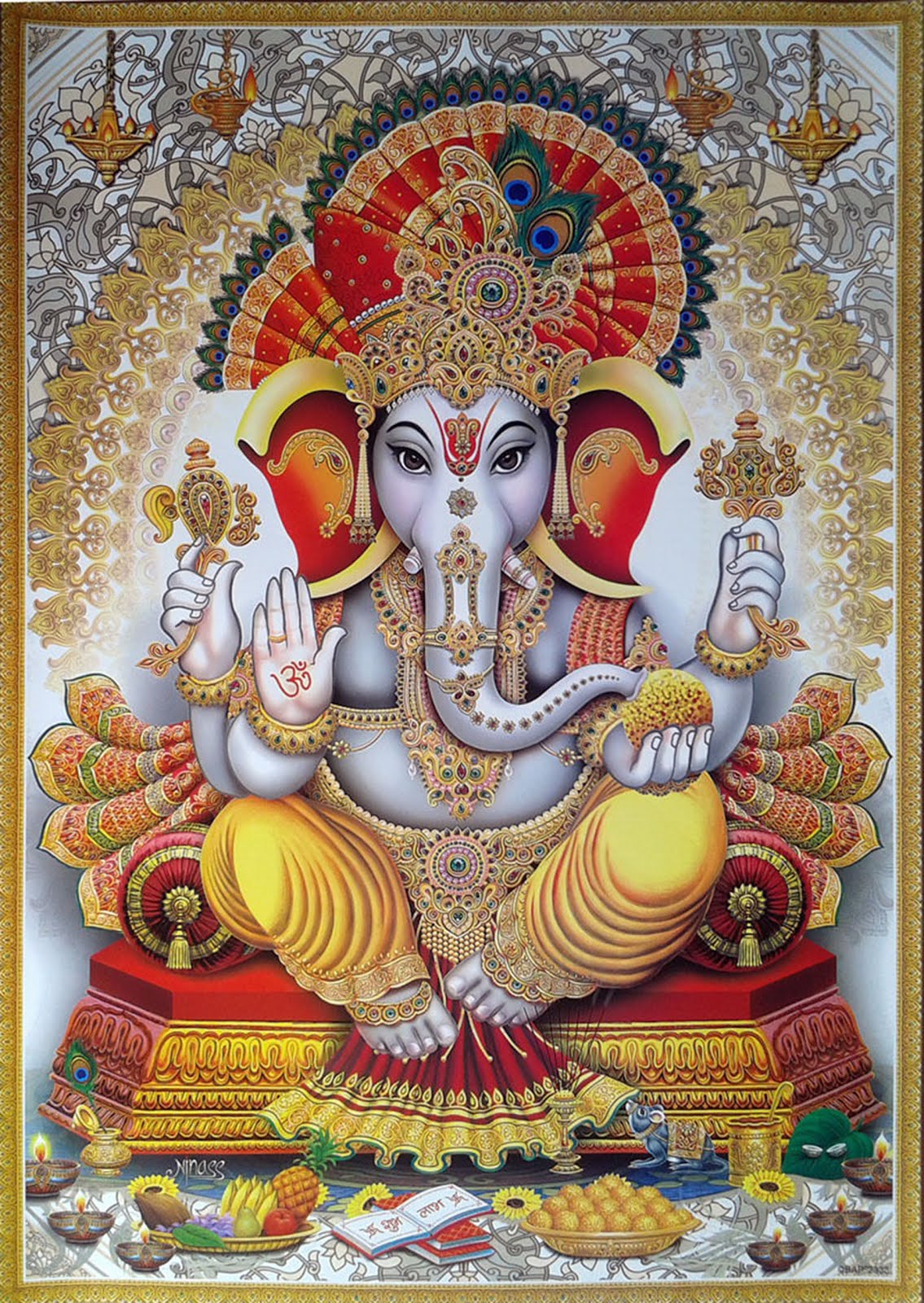Maha Shivratri: Everything you should know about the festival

The festival of Mahashivaratri is celebrated on the 14th day of the dark fortnight of the month Magha, as per the Hindu lunar calendar. This year
it is on Thursday 27th February. The Shiva principle is most active on
this day of the year.
Click on to know more about the following:
● Rare knowledge about Lord Shiva received from God
● Functions of Lord Shiva
● Attributes and Functions of Shiva Linga (Pindi)
● Various substances used for the worship of Lord Shiva and chanting
● Ritualistic worship
● Circumbulation
Meaning of Mahashivratri
Maha Shivaratri literally means 'the night (ratri) of the Supreme God principle (Shiva)'.
Lord Shiva takes rest some time during the night. That time of the night,
i.e. the time when Lord Shiva is resting is called Mahashivratri. When
Lord Shiva is resting, Lord Shiva goes from the meditative state (Dhyan)
to the state of meditative union (Samadhi). This state of meditative
union of Lord Shiva is his time to do spiritual practice.
When Lord Shiva is resting the work of the Shiva principle stops,.During this time since the Shiva principle is inactive, the overall tama component and restlessness in the universe i.e. the pressure of the distressing energies increases. The effect of these energies is reduced by offering bel leaves, white flowers, rosary of rudraksh etc that attract the Shiva principle from the atmosphere. On this day by offering such items, we increase our sattvikta to combat increased negativity around.
Hindus observe a strict fast on this day; some devotees do not partake of even a drop of water. In observance of Maha Shivratri people repeat the Panchakshara mantra namely - �Om Namah Shivaya� throughout the night.
Waves of Lord Shiva are like ash. Ash represents detachment.

Ganga (The Holy water) - The snakes removed the obstacles in the flow of dyan-ganga (river of knowledge) from the tip of Shiva�s head and so are
called as �Brahman�
Lord Shiva always lives in austerity (does tapasya). The knowledge attained by Lord Shiva flows from the tip of his head in the form of river of
knowledge into the universe. The snakes removed the obstacles that
obstructed the flow of knowledge. As the snake helped a lot to keep an
unobstructed flow of knowledge they are known as �Brahman� (The God
principle).
The Universe cannot bear the heat produced due to the process of receiving knowledge. As per the need, the moon spreads cool-waves in the universe and reduces the speed and intensity of the heat waves thus protecting the universe. Due to this reason to balance out the heat in the universe the moon is positioned on the right side of Lord Shiva.
Science behind the miracle (phenomenon) of Saints producing Bhasma (Sacred Ash)
The Bhasma or Vibhuti that comes out of saints palms also contain the waves of Lord Shiva: �Sometimes Bhasma or Vibhuti comes out of palms of few saints, which means at that time saints go into Shivadasha (The state of being one with God (Shiva), the state of pure non-duality. This is the
highest spiritual experience) and before going into Shivadasha they pray
for Bhasma or Vibhuti to come out of their hands. When they go into the
Shivadasha at that time a few layers of their palm get burned and
bhasma is formed out of it.
New layer of skin is immediately formed to replace the burnt layer of skin.
While this is happening the Saints do not feel anything. The Bhasma
formed in this way has some power of waves of Lord Shiva. So, that
bhasma is called as �Shiva-Bhasma�. Nowadays the bhasma is called as
�Vibhuti�. Bhasma has a divine fragrance and it relieves us from the
troubles of distressing energy. (Shri Satya Sai Baba generates Vibhuti
from His hands. �Compiler.)
It has three tips but one main stem. The power of the three tips of Trishul is in the main stem, means that the Trishul is designed
according to the principle �Many to one.�
Lord Shiva is always in the state of Samadhi (A super-conscious state of meditative union with the Absolute (God principle). His work is always done through the subtle. For His work to be carried out in a proper manner He has adorned garland made out of Rudraksha. Due to this while worshipping Lord Shiva Rudraksha is given lot of importance.
Functions of Lord Shiva
The word Shiva (when its syllables are transposed), has its origin in the word 'Vash'. Vash means to enlighten; thus, one who enlightens is Shiva.
Lord Shiva is absolute, self-radiant and illuminates the universe. Lord
Shiva is also called Mahadev or Supreme God, since He possesses all the
three principles � Absolute Purity (pavitrya), Absolute Knowledge
(gnyana) and Absolute Spiritual Practice (sadhana) � underlying the
Creation of the universe.
1) Creation of the universe: Lord Shiva can create the universe merely by His resolve (sankalpa). Shiva-Parvati are called the parents of the world.
2) Master of the universe (Jagadguru): It is said that one must seek knowledge from Lord Shiva and Liberation from Lord Vishnu.
3) Taking one beyond the three components (to the trigunatit state): Lord Shiva completely destroys spiritual ignorance that is ignorance
about spirituality and also ignorance about ones true nature.
Attributes: A Shivpindi has the capacity to attract and emit the Shiv principle, three gunas (sattva,raja,tama) and subtle frequencies from active Nirgun-Sagun (unmanifest-manifest) principle of Lord Shiva.
The energy may be unbearable to the Jiva (embodied soul), hence Shivapindi is usually located parallel to the ground or under the ground. The temperature around the area of Shivapindi is high and heat is
experienced because of its constant emission of radiance and energy. For
this very reason constant flow of water is maintained on the top of it.
Some proportion of this water is absorbed in the Shivapindi.

Jyotirlinga: (Jyoti means a flame and linga means form) are the Shivlinga that are evolved on its own thus are called swayambhu, It emits radiance of Shiva principle and the energy on a greater scale, because these lingas are created with the resolve of Lord Shiva. They manifested before the devotee and after their discovery their worship begins.

Function of Shivalinga- Shivapindi
Shivapindi emits frequencies of Knowledge (dnyan), devotion (bhakti) and detachment ( vairagya). On the day of Mahashivratri this transmission increases by 30%.
Various Substances used in worship of Lord Shiva
1. Holy Ash (Bhasma): The devotee worshipping Lord Shiva smears holy ash (bhasma) on his forehead in three horizontal stripes known as Tripundra. The stripes symbolize absolute Knowledge (dnyan), Purity and Penance (Yogasadhana).
2. Rudraksha:
The devotee wears a rudraksha bead mala while worshipping Lord Shiva.
The rudraksha is red in color with yellow stripes and its shape is flat
like that of a fish. On one side of each bead is a slight opening, which
appears like an open mouth. The rudraksha converts the divine light
frequencies into the sound frequencies in the human body and vice versa.
3.Bel leaf: One of the main components in the Shivalinga�s ritualistic worship is Bel leaf.

Circumbulation
Circumbulation around the Shivalinga should begin from the left side, till the Shalunka's extended outlet, through which the continuous stream of water (abhishek) flows. Then one turns back without crossing the starting
point and completes the circumbulation in the reverse direction.
The reason for not crossing the extended portion of the shalunka is that the energy flow at that point has an adverse effect on the production of semen and the five internal vital energies namely Pran, Saman, Apaan, Udan and Vyan in our body.






























No hay comentarios :
Publicar un comentario